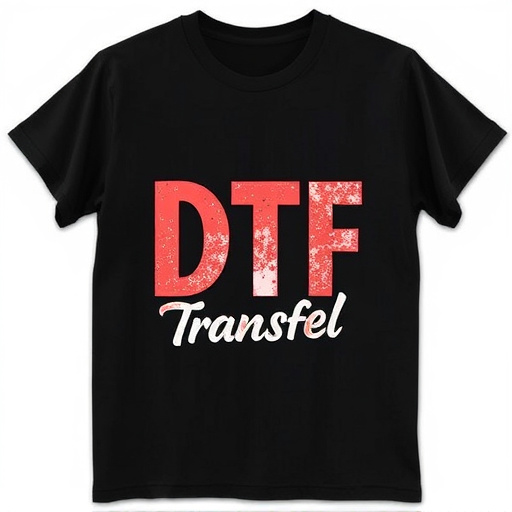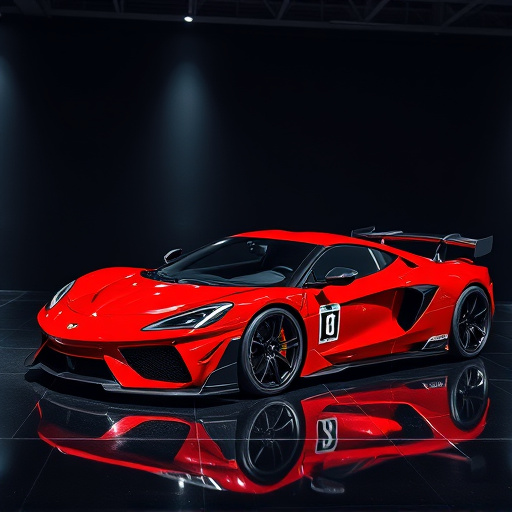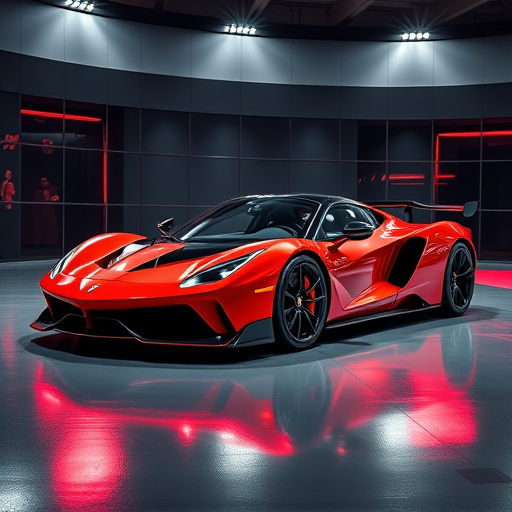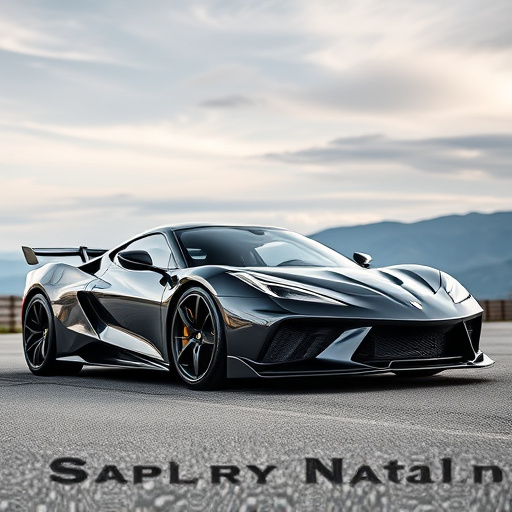The text compares K&N and aFe Power intake designs, emphasizing their contrasting approaches: K&N focuses on unrestricted airflow for maximum power output, while aFe Power balances performance and reliability with advanced filter media and optimized air paths. The choice between them depends on priorities: K&N for consistent, long-lasting airflow; aFe Power for customizable peak performance in extreme conditions.
Explore the intricate world of airflow design variations with a focus on the renowned K&N and aFe Power intakes. This article delves into the key differences between these two leading brands, examining their distinct filter media and materials. We analyze how aerodynamic considerations shape airflow patterns, influencing engine performance. Through practical applications and real-world scenarios, we measure the impact of design variations, shedding light on why K&N vs aFe Power intakes stand out in the market.
- K&N vs aFe Power Intake Design: Key Differences
- – Comparison of filter media and its impact on performance
- – Materials used and their effect on airflow dynamics
K&N vs aFe Power Intake Design: Key Differences

When comparing K&N and aFe Power intake designs, one key difference lies in their approach to air filtration and flow. K&N, renowned for its high-performance filters, emphasizes a direct path for air, prioritizing unrestricted airflow. Their intakes are often designed with minimal restrictions, making them popular among enthusiasts seeking maximum power output. On the other hand, aFe Power takes a more intricate route. They incorporate advanced filter media and unique design elements to enhance both airflow and engine protection.
aFe Power intakes tend to offer a balance between raw power and reliable performance. Their designs often include features like synthetic media, washable filters, and optimized air paths, ensuring efficient airflow while providing long-lasting protection against dirt and debris. This makes them a preferred choice for those seeking both improved engine performance and peace of mind.
– Comparison of filter media and its impact on performance

Airflow, a key factor in performance, is significantly influenced by filter media choice. K&N and aFe Power, two popular intake manufacturers, offer distinct approaches. K&N relies on high-quality synthetic media known for its durability and ability to maintain efficient airflow even under harsh conditions. This makes it a favorite among enthusiasts seeking reliability. On the other hand, aFe Power utilizes diverse media combinations tailored to specific applications. Their oiled silk and cotton gabardine designs are designed to balance flow and dust holding capacity, appealing to those prioritizing peak performance in extreme environments.
The K&N vs aFe Power intakes difference lies in their filter medium strategies. While K&N’s consistent synthetic offering focuses on long-term reliability, aFe Power’s variable media compositions cater to diverse needs. This translates into varied performance characteristics; K&N excels in sustained airflow, while aFe Power might offer superior peak flow rates depending on the specific filter chosen.
– Materials used and their effect on airflow dynamics

The materials used in designing an intake system play a significant role in airflow dynamics. While both K&N and aFe Power intakes aim to enhance engine performance, their construction differs notably. K&N typically employs lightweight, high-quality synthetic media for its air filters, ensuring efficient air flow with minimal restriction. This design allows for a free-flowing air intake, improving overall engine efficiency. On the other hand, aFe Power intakes often feature metal or plastic components, offering both durability and precise airflow control. The rigid structure of these intakes can help maintain consistent air velocity, providing a more controlled and optimized flow to the engine.
The choice between K&N and aFe Power intakes ultimately hinges on desired performance characteristics. For those seeking maximum airflow efficiency and responsiveness, K&N’s synthetic media may be preferable. Conversely, aFe Power’s metallic construction appeals to users looking for enhanced durability, precise airflow management, and potentially more controlled power delivery.
In comparing K&N vs aFe Power intakes, it’s evident that each design offers distinct advantages. K&N’s synthetic media provides superior airflow and efficiency, while aFe Power’s unique materials enhance performance in specific conditions. Ultimately, the choice depends on individual driving needs, with both options serving as reliable upgrades for optimal engine breathability.














